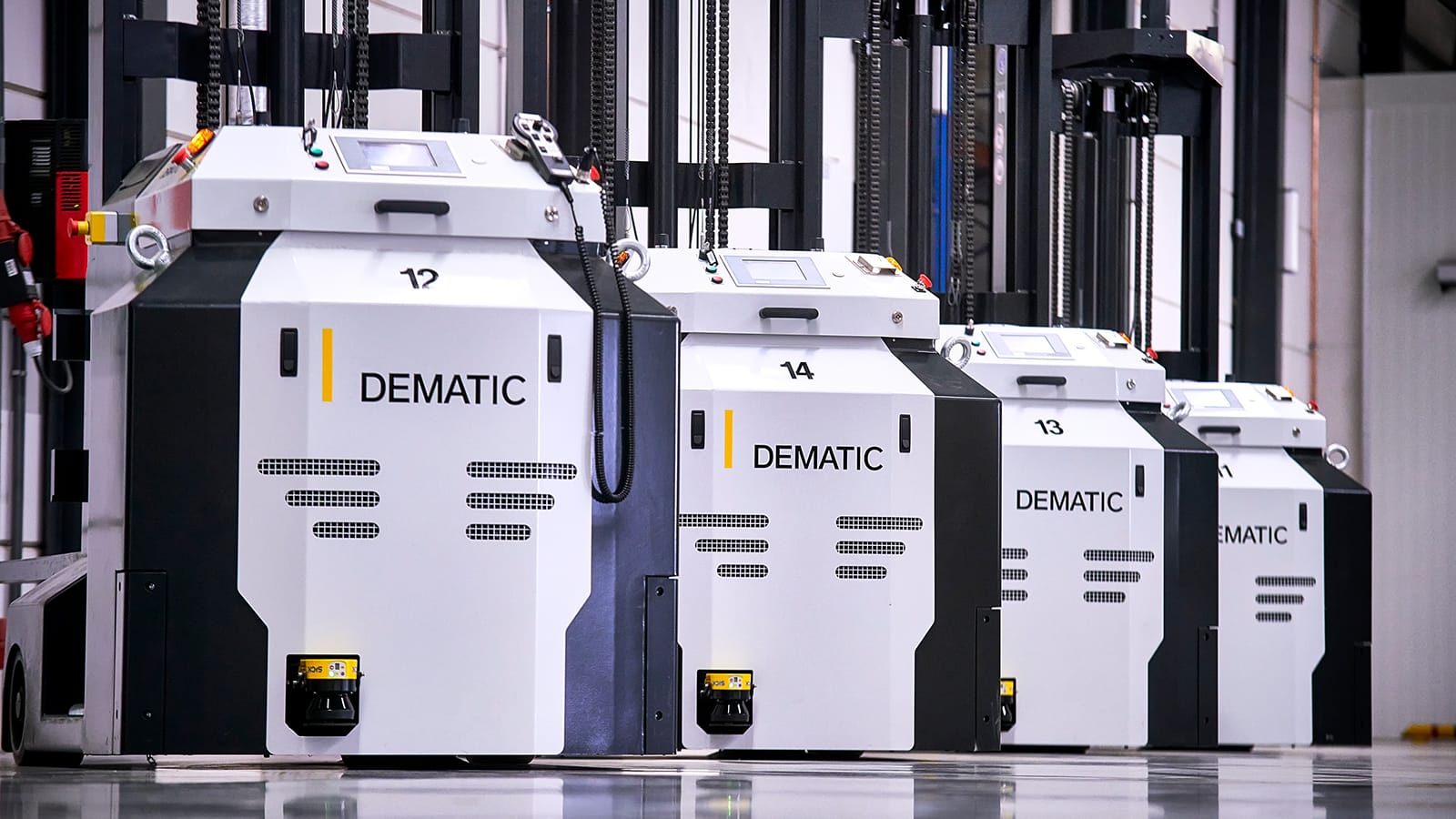Are you in industrial electrical work and looking to improve the accuracy of your job estimates? Accurate estimating is essential for a successful electrical business, ensuring profitability while delivering professional services. This guide will walk you through estimating industrial work, from understanding client requirements to determining labor, materials, and contingency costs.
Meeting with the Client’s Vision
The first crucial step in estimating industrial electrical work is to meet with the person in charge of the project. Understanding the client’s goals and vision for the electrical service is essential for creating an accurate estimate. This initial conversation provides insights into the project’s scope and potential changes that might occur once work begins.
Blueprint Analysis
After your meeting:
- Delve into the blueprints.
- Thoroughly review the plans to identify all areas requiring electrical power.
- Verify the accuracy of the drawings to prevent surprises during the project.
Blueprints serve as your roadmap, guiding you through the electrical installations needed.
Assessing Challenges and Difficult Areas
Determine whether there are any challenging or hard-to-reach areas in the building. If crawl spaces or obstacles hinder the work, account for the additional time required to navigate these spaces. Consider potential obstructions that might impede your progress and require special equipment or estimate adjustments.
Estimating Labor Hours
Estimating labor hours is a critical aspect of accurate job estimation. Calculate the total hours required for the project and multiply this by the average wage of your employees. Exclude your hours from this calculation.
Material Cost Estimation
Referencing the blueprints, determine the necessary materials such as wire, receptacles, junction boxes, and fuses. Contact your suppliers to obtain current pricing for these materials and factor in a 10% buffer to accommodate any waste.
Contractor Expenses
For tasks that might be outsourced to contractors such as security companies or computer specialists, gather estimates based on precise information. Align these estimates with the project’s blueprints to ensure accuracy.
Incorporating Permit Costs
Obtain precise permit costs from the relevant inspection agency. While these costs don’t include the time taken to acquire permits, they are crucial to your estimate.
Accounting for Administrative Costs
Consider the administrative tasks involved in the project, such as your secretary’s time, site manager’s involvement, and consultations with experts. Assign a value to these tasks to accurately estimate administrative expenses.
Including Contingency Charges
Account for unexpected expenses by including contingency charges in your estimate. These might arise from special equipment needs, overtime requirements, unique materials, or specialized tools.
Factoring Your Expertise and Profit
After calculating all costs, include compensation for your expertise and time. Add a reasonable profit margin to the figures. This step ensures that your business remains profitable while delivering quality services.
Arriving at the Estimate
Sum up all costs, including profit and a 10% cushion, to arrive at your final estimate. If you’re concerned that your bid is too high, explore opportunities to negotiate better prices for supplies or optimize labor costs without compromising your profit margin.
Following these steps, you’ll master the art of estimating industrial electrical work. Remember that accurate estimates enhance your business’s profitability and showcase your professionalism to clients.
FAQs
1. Why is accurate estimating essential in industrial electrical work?
Accurate estimates ensure your electrical business remains profitable and help you avoid unexpected financial setbacks during projects.
2. How do I account for unexpected challenges in my estimates?
Assess the building for difficult areas and obstacles that might prolong the work, and include contingency charges in your estimate to cover unforeseen expenses.
3. Can I reduce my profit margin to win bids?
While adjusting profit margins is possible, be cautious not to compromise your business’s sustainability. Explore ways to optimize other costs before lowering your profit margin.
4. What role do blueprints play in estimating electrical work?
Blueprints provide crucial information about the project’s scope, helping you identify areas requiring electrical installations and preventing surprises during the project.
In conclusion, mastering the art of estimating industrial electrical work requires a systematic approach that accounts for various factors, including labor, materials, permits, and contingency expenses. Following these steps, you’ll be well-equipped to create accurate estimates contributing to your electrical business’s success.





